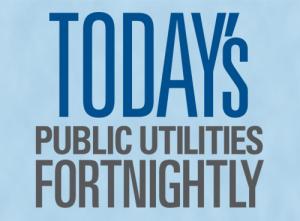What’s going on with electric rates and bills? Well, the numbers are in. The U.S. Labor Department released last week both the Consumer Expenditure Survey for 2018 and Consumer Price Index for August 2019. Drill down and the data shows what’s up, and not.

American households paid an overall average of $1,496 for electricity in 2018. That’s $124.67 per month, smoothing out month-to-month variations. Or $4.11 per day, smoothing out day-to-day variations.
Households differ considerably and thus the overall average is no more than an interesting statistic to compare annual changes. In particular, southern households paid an average of $1,722 in 2018, fifteen percent above the overall average.
For western households, electricity cost them just $1,325, midwest households just $1,366, and northeast households just $1,378. So for most of the country, electricity averaged $3.64 to $3.79 per day.
Nationally, households paid $76 more for electricity in 2018 than in 2017. Though they spent $1,164 more for all goods and services including electricity in 2018 than in 2017. This meant that households continued to use about 2.4 percent of their out-of-pocket expenditures to pay their electric bills. Or about 1.9 percent of their income before taxes.
Electric rates remain moderate. In August 2019, the overall Consumer Price Index was up 1.7 percent over August 2018. But the electricity component of the CPI was down 0.1 percent during the same time period. The gap between the two numbers therefore widened to 1.8 percent.
In the last five years, from August 2014 to August 2019, the overall CPI increased 7.86 percent. But the electricity component of the CPI barely budged during the same time period, increasing only 0.31 percent. A kilowatt-hour is now significantly cheaper than five years ago in real inflation-adjusted terms.


